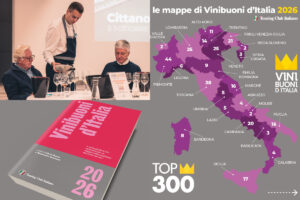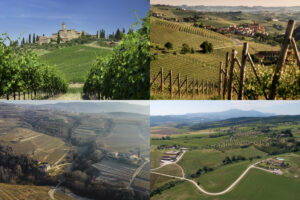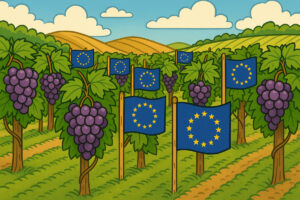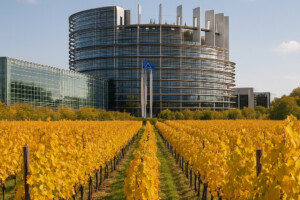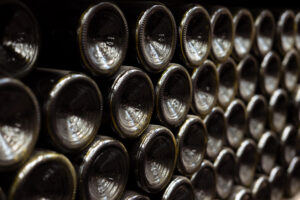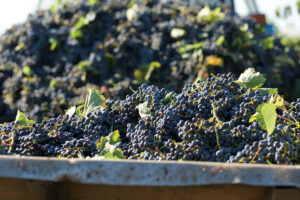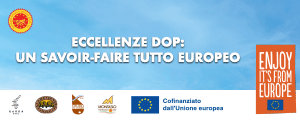Exports slowing down, the large-scale retail trade where volumes drop and values grow, but only for some categories, while in the out-of-home sector, which all things considered is holding up, consumption on evening occasions (aperitifs and after-dinner drinks) dropped in the summer: this is the status quo that emerges from the latest data from the Federvini Observatory, edited by Nomisma and TradeLab. That paints a picture that is now well-known, and on which weigh the uncertainties related to limited GDP growth and the inflation trend, which threatens the resilience of Federvini's pivotal sectors. “The faint plus sign of the national gross domestic product (+0.7% in 2023 with a forecast of +0.8% for next year) is actually neutralized by the inflationary trend (+1.8% over 2022). A chiaroscuro scenario that has affected business and consumer confidence: after partial stability in the first half of 2023, there has been a downturn since the summer”, Federvini explains.
“After 2022 characterized by a strong post-pandemic recovery, this year’s performance was largely expected, also in light of a framework characterized by geopolitical tensions and the most marked slowdown in the Eurozone”, says Micaela Pallini, president of Federvini. “Overall, the data from our Observatory highlight the resilience of the Italian wine, spirits and vinegars sector, which confirms itself as a fundamental pillar of the national agrifood industry. Today, more than ever, it is time to work as a system in the face of international challenges. Italy’s stance in defense of one of its most representative sectors will have to find constancy and continuity, not only starting with the discussion on the proposed packaging regulation, which is back on the agenda next December 18 at the EU Council after an initial positive outcome in the European Parliament, but also during other regulatory processes such as those related to labeling and Qr Code”.
On the wine export front, Italy recorded in the first 8 months of 2023 a decline of 0.7% in value, but a hold on the volume front (+0.8%, as already reported by WineNews, on Istat data). A figure that, in any case, should be weighed in light of the record recorded in 2022, a year in which a strong recovery after the pandemic period materialized, so much so that on pre-Covid exports (2019), the increase in quantities is close to +4%. In addition, if we look at the other major exporting countries, only New Zealand shows a “feeble” hold, while Spain loses 2.5% in value, Australia 16%, the U.S. 23.4% and Chile in a sharp nosedive with -25.5%.
Positive, reports Federvini, is the trend of exports in quantity of Italian wines to France (+15.5%), while other reference markets such as the United States (-11.5%), the United Kingdom (-1.9%) and Japan (-16.3%) are flexing. Comforting note from sparkling wines growing in France (+24.8%) and Sweden (+20.8%).
Lights and shadows for the spirits world, with value growth of 5% over 2022 with a total weight of more than €1 billion, but declines in volume (-2.4%). Spirits grow marginally in value in the US with +1.4% while losing something in volume (-0.7%). Finally, total Grappa exports contracted in volume by more than 12%, compared to a 6% reduction in value.
As for vinegars, exports in the first 8 months of 2023 declined particularly in the United States, the main outlet market (-19% in value and -28% in volume). In volume, positive dynamics are registered in Austria (+92%), the United Kingdom (+7.5%) and Germany (+2.7%).
Coming to the large-scale retail trade, however, in the first 9 months 2023, wine records +3.3% over 2022 amounting to more than 2 billion euros. Of total sales, the still and sparkling category covers the largest share (77%), followed by sparkling wines (21.8%) and vermouth (0.7%). Positive sales trend for sparkling wines (+6.2% in value) with the still and sparkling category growing by 2.6% in value, supported by the liking of Igp (+3.5% in value) and PDO (+2.7% in value) branded wines.
Plus sign for Italian spirits (+2.6%) over last year with a value of 900 million euros. Among the categories, distillates and spirits account for 44.9% of the total, followed by sweet liqueurs (19.8%), alcoholic aperitifs (19.1%) and bitters (16.3%). Grappa and whiskey rank among the best-selling products in large-scale distribution. As for sweet liqueurs in the lead are limoncello, sambuca and cream liqueurs. Growth in egg products (+12.5% in value) and coffee (+9.9 % in value) stands out. Among aperitifs, there is a real boom for pre-mixed spirits (+25% in values and +23.8% in volumes). +2.7% for vinegars over 2022 for a total value of 105 million euros in the first three quarters of the year. Wine vinegar is the most consumed (46.7% of the total), with Balsamic Vinegar of Modena Igp at 34.3% and apple vinegar at 19%. As for the sales trend in large-scale distribution, apple vinegar stands out (+5.9% in values) and is the only category that also holds up in volumes (+0.6%) along with wine vinegar (+1.5%).
Looking at out of home, again, the trend, highlighted by the in-depth study by TradeLab in the Federvini Observatory, reveals an increase in spending of 2.5 billion euros over last year (+4.3% in terms of market value). Overall, the number of visits also increased (+0.7 percent). In detail, in the period between January and September 2023, evening aperitifs grew by 3% in attendance and 5% in value, dinner saw +1% in attendance and +4% in value, while after-dinner and late-night occasions collapsed (-14% in attendance and consumption).
Numbers that change if we look solely at the summer months: the July-September 2023 quarter ended with a contraction figure over the same period last year. The negative trend (-6% in visits and -4% in value) is the result of several concomitant factors such as the unfavorable economic and inflationary framework, the very positive benchmark of 2022, the fluctuating weather conditions during the season as well as the increase in the number of Italians who chose to spend their vacations abroad.
In terms of consumption, alcoholic beverages accounted for 12% of total consumption (1.1 billion consumption of wine and spirits in the first three quarters of 2023). Consumption of wine and alcoholic cocktails grew by 1%, that of bubbles by 9%. Downward response, however, for bitters (-7%) and still spirits (-11%).
Copyright © 2000/2025
Contatti: info@winenews.it
Seguici anche su Twitter: @WineNewsIt
Seguici anche su Facebook: @winenewsit
Questo articolo è tratto dall'archivio di WineNews - Tutti i diritti riservati - Copyright © 2000/2025












